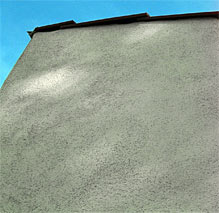 Stucco is a type of plaster that is used in commercial and residential structures to coat wall surfaces and molding. It is made from Portland cement, sand, lime and water.
Stucco is a type of plaster that is used in commercial and residential structures to coat wall surfaces and molding. It is made from Portland cement, sand, lime and water.Because of its strength and durability, it can be applied to exterior as well as interior walls. When used for exterior work, it can withstand many different types of weather conditions, as well as pests. Moisture can also penetrate and pass through stucco, which prevents rot. Stucco is also extremely low-maintenance, and resistant to fire and rust.
Many different types of materials can be coated with stucco, including brick, stone, concrete, metal, wood and adobe. The color of stucco can be changed by adding pigment. Different textures can also be created to make stucco look like wood, brick and stone.
Stucco is usually applied to a surface in one, two or three layers. It's applied wet, and then left to harden. When three layers are used, the first layer is applied with a trowel and then scratched for the second layer. The third layer is the finish coat.
Stucco, oftentimes, needs to be reinforced with plastic or wire mesh to prevent movement.
Similar to other types of building materials, stucco can become damaged over the years. Common problems associated with damage include chipping and cracking, and tiny holes can also appear.
If the stucco on your wall is starting to deteriorate, get it fixed as soon as possible. Water can penetrate cracks and holes, which can end up causing damage to the rest of the building and result in more costly repairs.
The damage may also be a sign of foundation issues like settlement. A foundation repair expert can find out what is causing your stucco problems, do the necessary steps for fixing foundation cracks, and also alert you to any other structural situations that may need to be corrected.
Julian De La Torre, expert foundation contractors in Los Angeles, house leveling & foundation repair Los Angeles and founder of Julian Construction (http://www.julianconstruction.com), has inspected over 15,000 structures, working with engineering firms & local departments of building & safety. The company has done more home foundation inspection, foundation repair (Los Angeles) than any other company in the area over the last five years (http://julianconstruction.com/services/foundation-repair/). Julian Construction owns its own company and is a "no middlemen" model--no salesmen or subcontractors--you get the principals of the company & its workers under your home.
See their video: https://www.youtube.com/watch?v=oI6-SXw6Z1c and visit us on Facebook at https://www.facebook.com/Julian-Construction-99434631315/?fref=ts
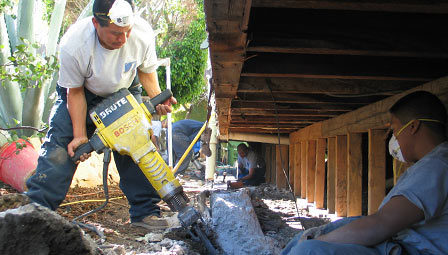 LOS ANGELES, CA: Julian Construction, Inc., (
LOS ANGELES, CA: Julian Construction, Inc., ( LOS ANGELES, CA: Julian Construction, Inc., (
LOS ANGELES, CA: Julian Construction, Inc., ( Julian Construction, Inc., (
Julian Construction, Inc., (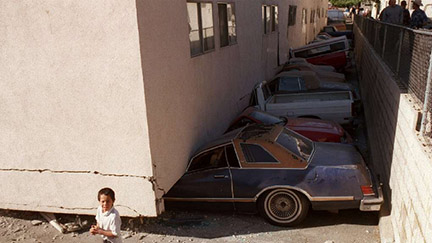 Julian Construction, Inc., (
Julian Construction, Inc., (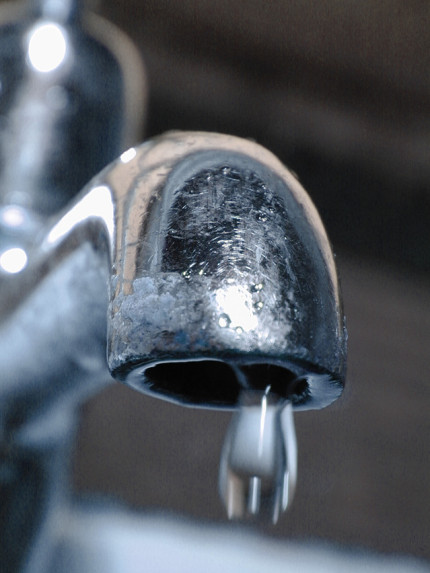 Julian Construction (
Julian Construction ( Retaining walls have many uses. Throughout history, they have been built to create agricultural terraces on slopes of land. They have also been used to reduce the flow of rainwater.
Retaining walls have many uses. Throughout history, they have been built to create agricultural terraces on slopes of land. They have also been used to reduce the flow of rainwater. 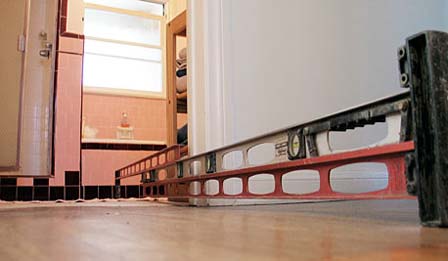 LOS ANGELES, CA: Julian Construction, Inc., (
LOS ANGELES, CA: Julian Construction, Inc., (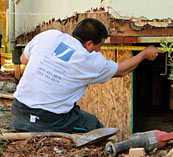 Julian Construction (
Julian Construction (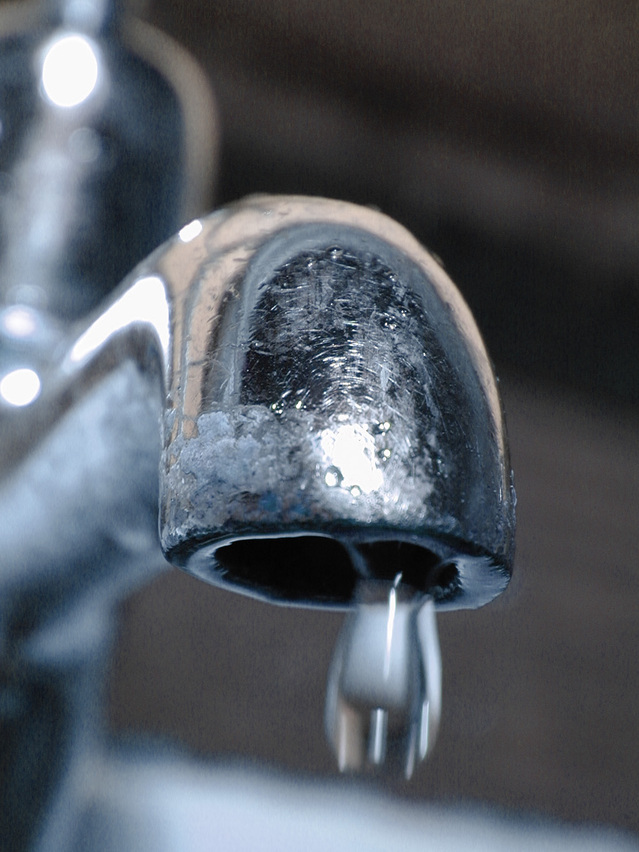 LOS ANGELES, CA: Interior moisture can cause significant damage to a foundation says Julian De La Torre, owner of Julian Construction, Inc., (
LOS ANGELES, CA: Interior moisture can cause significant damage to a foundation says Julian De La Torre, owner of Julian Construction, Inc., ( LOS ANGELES, CA: During the late 1950s, many homes in California were built using
LOS ANGELES, CA: During the late 1950s, many homes in California were built using 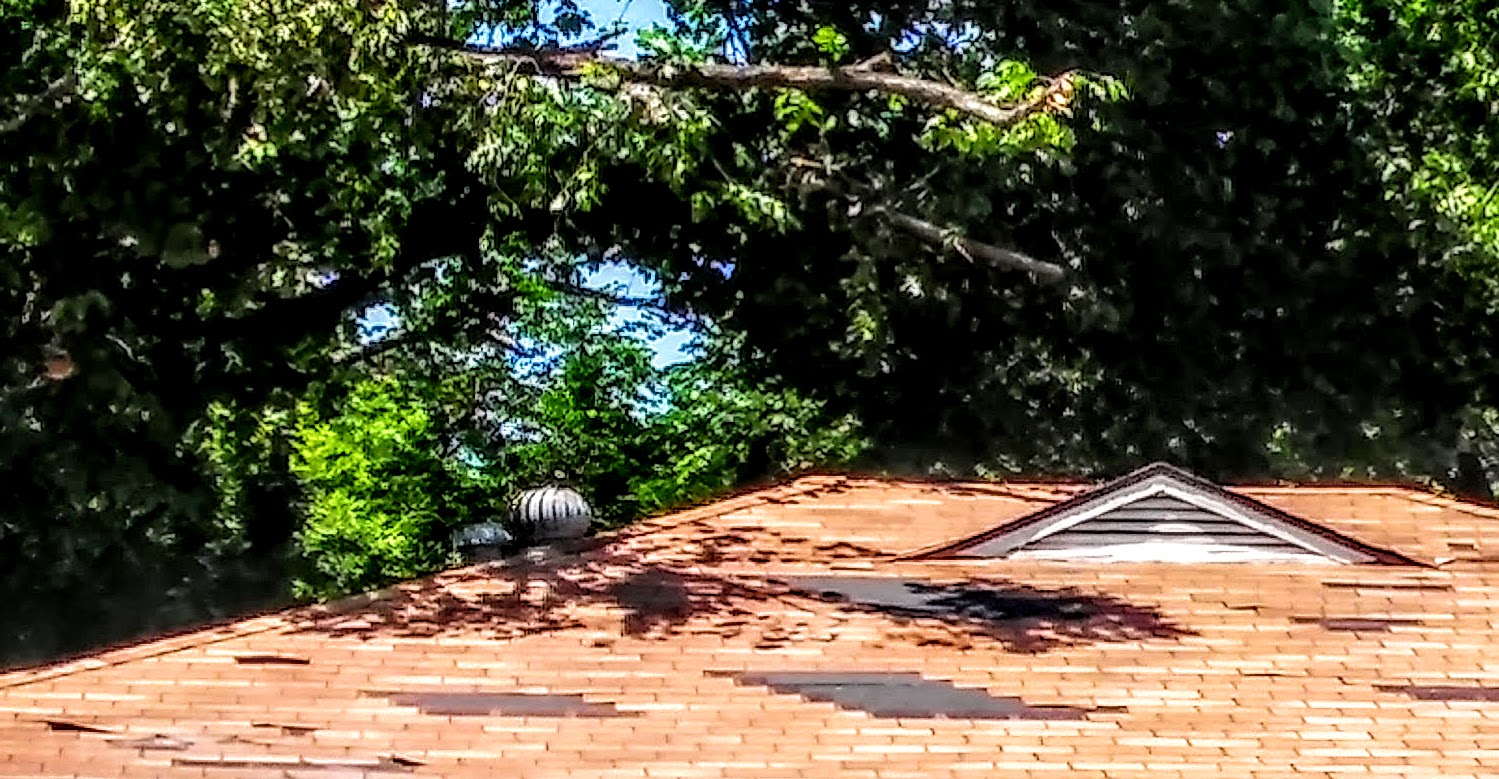 LOS ANGELES, CA:
LOS ANGELES, CA: 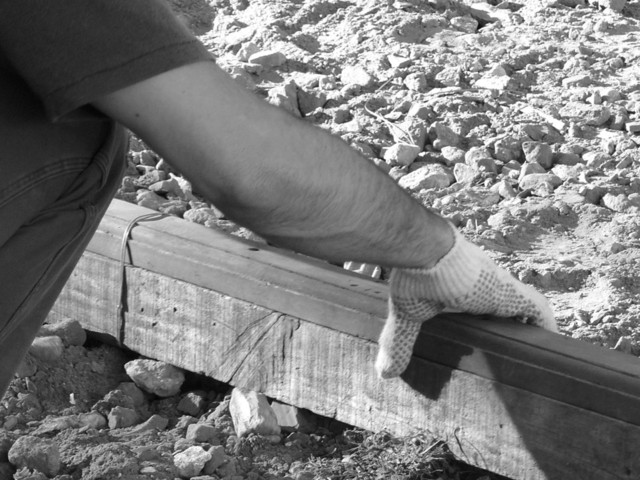 LOS ANGELES, CA: Julian Construction, Inc., (
LOS ANGELES, CA: Julian Construction, Inc., (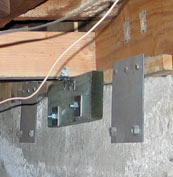 House Bolting is the process of attaching a house to its concrete foundation using foundation plates and anchor bolts. The San Andreas Fault Line runs right through Southern California, making it one of the largest earthquake zones in the US. Homeowners need to be aware that the up-and-down and side-to-side motion of an
House Bolting is the process of attaching a house to its concrete foundation using foundation plates and anchor bolts. The San Andreas Fault Line runs right through Southern California, making it one of the largest earthquake zones in the US. Homeowners need to be aware that the up-and-down and side-to-side motion of an 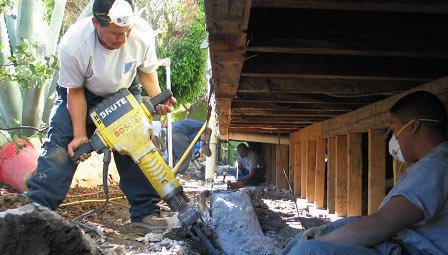 The most important part of your house is its foundation. If it hasn’t been built properly, the entire structure will weaken over time.
The most important part of your house is its foundation. If it hasn’t been built properly, the entire structure will weaken over time.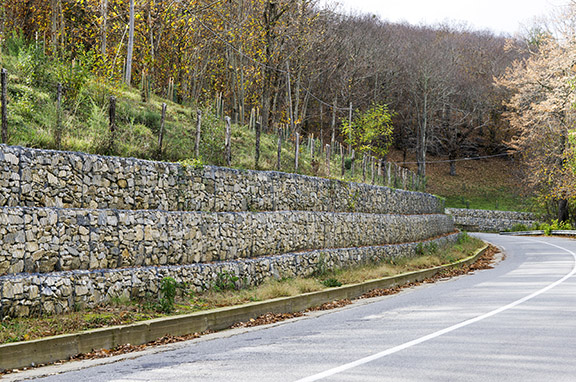 Julian Construction, Inc., (
Julian Construction, Inc., (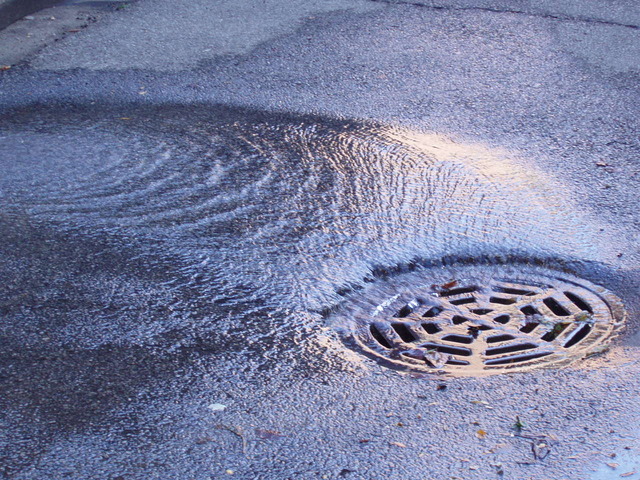 If you live in California, this year’s El Niño rain is a welcome change that may bring some relief from the state’s recent drought. There have been several storms in January, with more expected in the months of February and March. You may even find showers occurring in April and May.
If you live in California, this year’s El Niño rain is a welcome change that may bring some relief from the state’s recent drought. There have been several storms in January, with more expected in the months of February and March. You may even find showers occurring in April and May.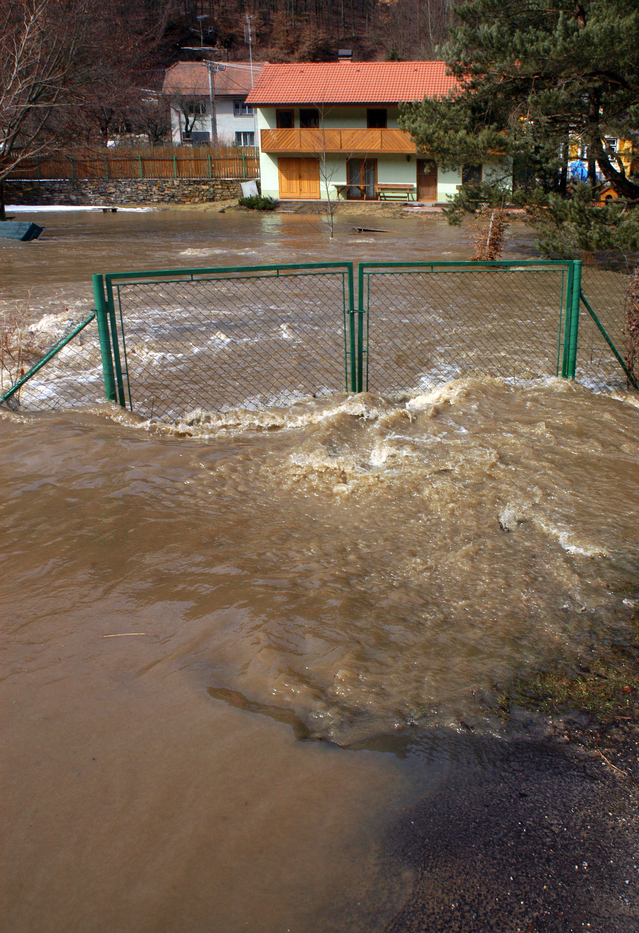 Julian Construction, Inc. (
Julian Construction, Inc. (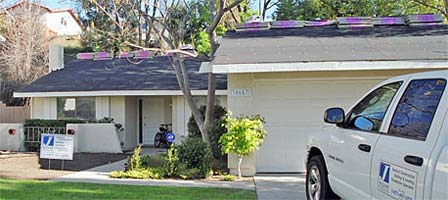 Julian Construction, Inc., (
Julian Construction, Inc., (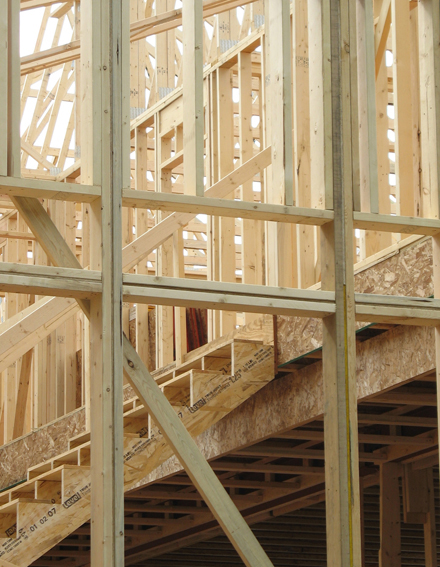 Julian Construction, Inc., (
Julian Construction, Inc., (